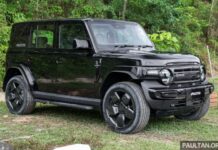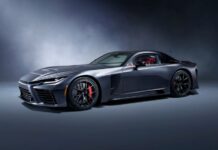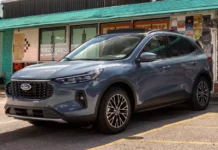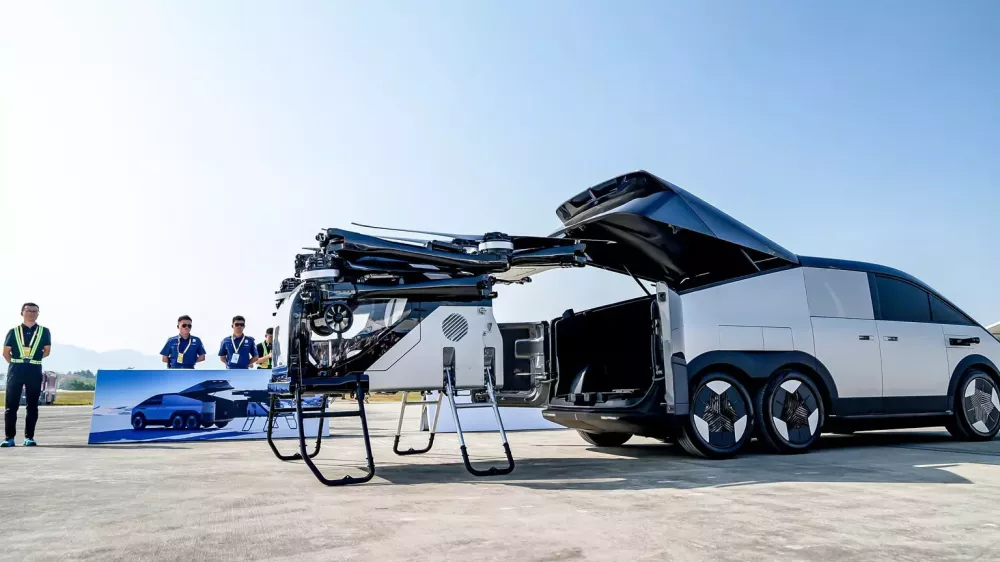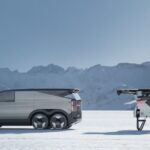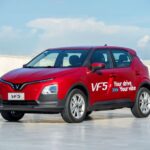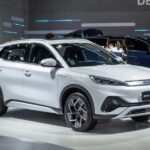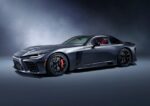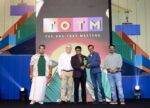The Xpeng modular flying car, dubbed the Land Aircraft Carrier, has received over 2,000 orders following its first public flight. Deliveries of this massive vehicle, priced at 2 million Chinese yuan (US$280,000), are expected to begin in 2026.
Xpeng’s subsidiary, Xpeng AeroHT, is overseeing the Land Aircraft Carrier project. This company has been operational since 2013, striving to bring viable flying car solutions to the market.
Xpeng AeroHT initially planned to launch a road-legal vehicle with deployable rotors on the roof. However, locking the rotors securely to prevent damage from vibrations while the vehicle is on the road proved challenging. Hence, Xpeng shifted its focus to the concept of a modular flying car.
Xpeng AeroHT showcased its modular flying car at China’s Zhuhai Airshow. It comprises two main components: the “mothership” and the aircraft. The former is a large, three-axle carrier with an EREV powertrain and a length of 5.5 meters. It sits on an 800V platform and can travel up to 1,000 km in hybrid mode. The “mothership” is likely to utilize Xpeng’s Kunpeng EREV powertrain.
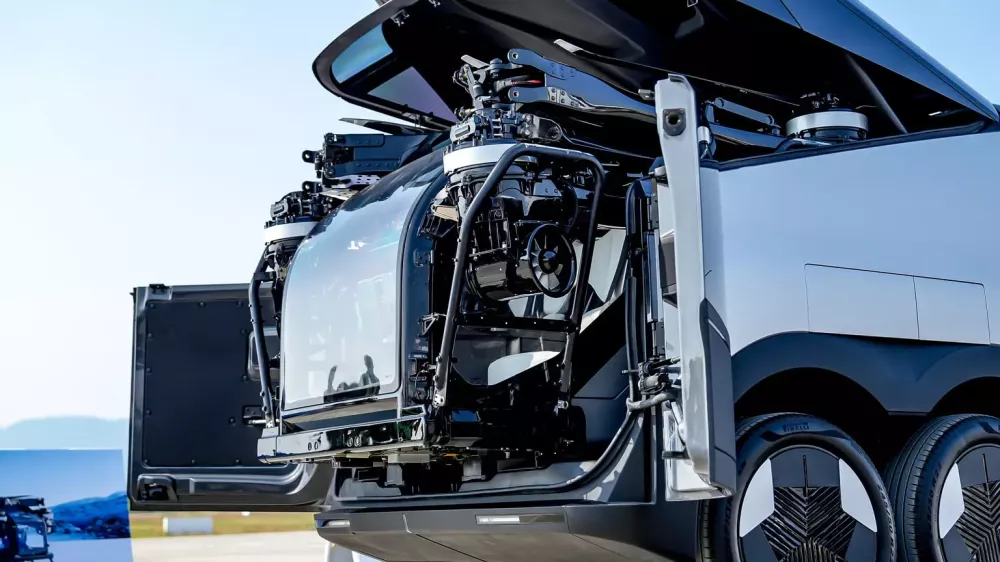

The aircraft is housed within the land-based carrier and can be released with the push of a button. It then takes just 5 minutes to reload the aircraft back into the carrier. The aircraft resembles a large drone with a cabin for two people. It supports 5-6 flights when fully charged, and the “mothership” can charge the aircraft’s battery from 30 to 80% in just 18 minutes.
The aircraft of the land-based carrier has successfully performed a demonstration flight, showcasing its ability to accelerate linearly at low altitudes, land at a constant speed, and achieve precise landings. Even more intriguing is the fact that the aircraft accomplished this autonomously, without a pilot in the cabin. Previously, Xpeng AeroHT stated that the aircraft supports both manual and automatic flight modes.
In automatic mode, the Xpeng aircraft can plan routes, cruise, return with the push of a button, and land. Its manual mode stands out with a joystick control system, offering a simpler alternative to the complex operations of traditional helicopters. According to Xpeng, it takes just 3 hours to learn how to pilot the aircraft.
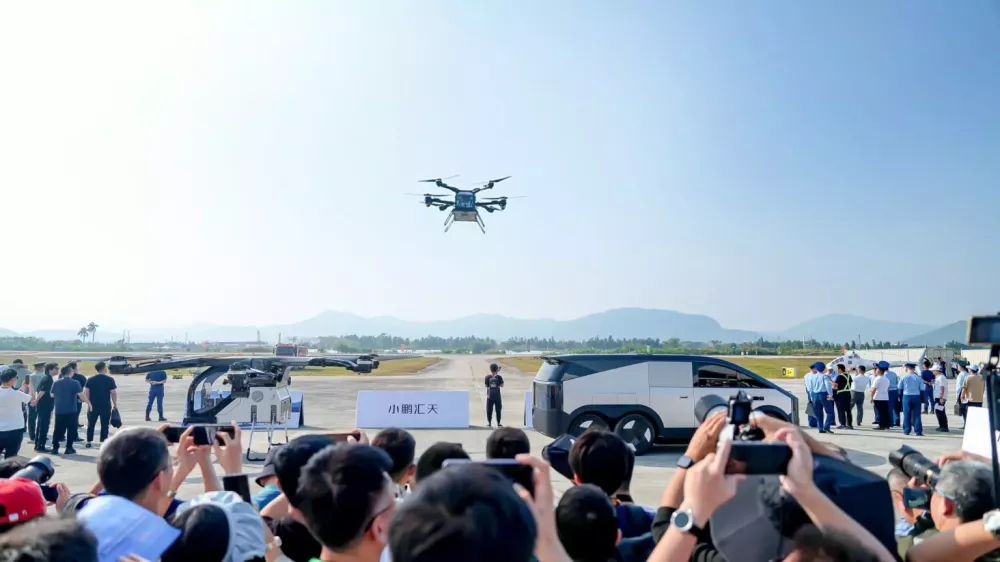

Xpeng AeroHT announced that the Land Aircraft Carrier has received 2,008 pre-orders from 12 corporate customers at the Zhuhai Airshow. According to company officials, this is the largest order in the global flying segment.
Previously, Xpeng AeroHT reported receiving 1,000 orders after the first display of the Land Aircraft Carrier. In late September, Xpeng secured 150 orders for the modular flying car from two companies in Hangzhou, Zhejiang Province.
Xpeng held the groundbreaking ceremony for its modular flying car factory on October 27. The factory will commence mass production with an annual capacity of 10,000 units in 2026. It will encompass four production workshops and auxiliary facilities for painting and general assembly.
According to Xpeng AeroHT, the new factory will exclusively produce the aircraft component of the modular flying car. The large, three-axle carrier will likely be assembled at one of Xpeng’s existing electric vehicle factories.
The Sky’s the Limit: Flying Car Receives 3,200 Pre-Orders, Production to Commence Next Year
The Alef Model A flying car is an innovative and luxurious vehicle with a price tag of $300,000. With a planned production start in the fourth quarter of 2025, this cutting-edge automobile is set to revolutionize personal transportation. Offering an unparalleled driving and flying experience, the Model A combines sleek design with advanced technology, making it a desirable choice for those seeking both style and performance.
A Profitable Nightmare: Chinese Auto Brands are Selling Cars at a Loss
“In a recent statement, Mr. Song Zhiping, the chairman of the China Association of Listed Companies, asserted that only two automobile manufacturers are profiting from new energy vehicles: BYD and Li Auto. This insightful comment sheds light on the exceptional performance and innovative capabilities of these two automotive powerhouses in the realm of new energy vehicles.”

